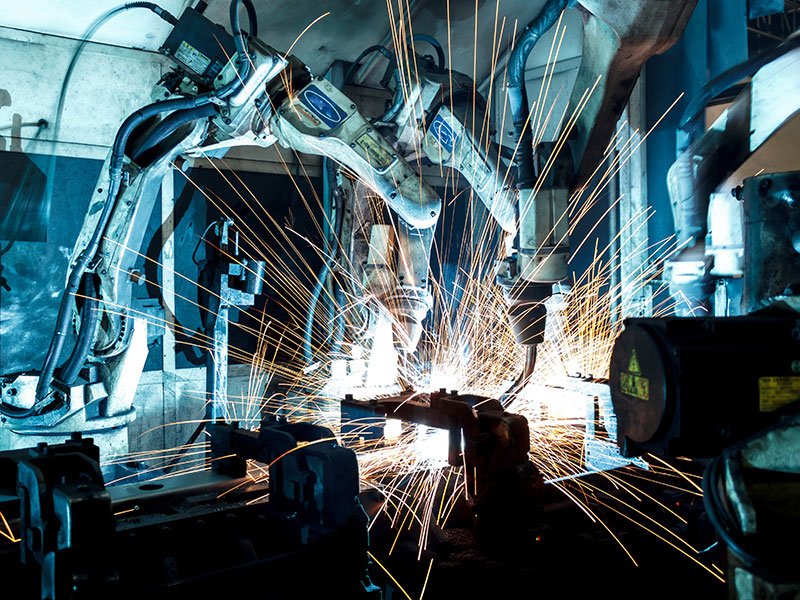As governments transition away from containment policies aimed at minimising the economic impact of the COVID pandemic and toward recovery, the World Intellectual Property Organisation is encouraging innovation-focused stimulus to underpin long term growth.
Policies that stimulate investment in research and development, or into high-growth, high-value startups should be considered as part of post-COVID recovery packages, WIPO says in its Global Innovation Index 2020 report.
It says these kinds of counter-cyclical stimulus packages were essential in stimulating R&D effectively in the aftermath of the Global Financial Crisis in 2009 to overcome shortages in innovation finance and could be as effective today.

“To recall, in reaction to the 2009 financial crisis, governments put surprisingly forward-looking pro-growth policies in place,” the report said.
“To emerge stronger from that crisis, governments created post-2009 stimulus packages that contained integral innovation related measures, including investments in infrastructure, research, green innovation, education, and support to innovation and innovative firms,” it said.
“The same logic applies today. A crisis-induced decline in innovation expenditure will reduce opportunities for future long-term growth.
“After the worst scenarios of the lockdown have been averted, thanks to existing emergency measures, it will be crucial that support for innovation continues in an anti-cyclical way—even in the face of higher public debt.”
Some countries were already anticipating the transition from containment to economic recovery measures. France for example, has pledged a €5 billion or 25 per cent increase in its original R&D budget, and is fast-tracking R&D tax credits.
Germany has unveiled a second stimulus package of €50 billion on future-focused technologies, while the US and China are looking at spending large additional amounts of stimulus money geared to building infrastructure and boosting innovation.
China says it will focus on new fields of innovation and new forms of soft infrastructure, such as large data centers, 5G infrastructure, and new energy vehicles (NEVs).
WIPO says that notwithstanding the global tragedy of the coronavirus pandemic, crises themselves are often a source of creativity and innovation, and industrial renewal.
The current pandemic had already spurred on innovation in many sectors, including education, remote work and retail. It had also driven massive change in the health sector and catalysed innovation in global R&D collaborations in the health response.
The crisis, and the response to it, might now accelerate progress and industrial renewal more broadly.
“Abundant possibilities continue to exist in crosscutting innovation fields such as, for example, artificial intelligence, robotics, 3D printing, or nanotechnology,” the report said.
“Past editions of the (Global Innovation Index) have stressed the looming and sometimes pressing opportunities in fields such as agri-food, environmental technology, or medical technology.
“Hopefully, the pandemic will have a positive effect on how opportunities for such innovations—in particular, health innovations—are realised.”
Meanwhile, Australia has slipped one place in the Global Innovation Index 2020 to an overall rank of 23.
While Australia ranks well for the strength of its institutions – including its political environment, regulatory environment and business environment – where it ranks 10th, and scores well on its human capital where it ranks 9th in the world, and 7th in the world for market sophistication, the overall ranking is dragged down elsewhere.
Most alarmingly, Australia is ranked 40th in the world for its knowledge and technology outputs, and a deeply distressing 74th in the world for knowledge diffusion.
Do you know more? Contact James Riley via Email.

